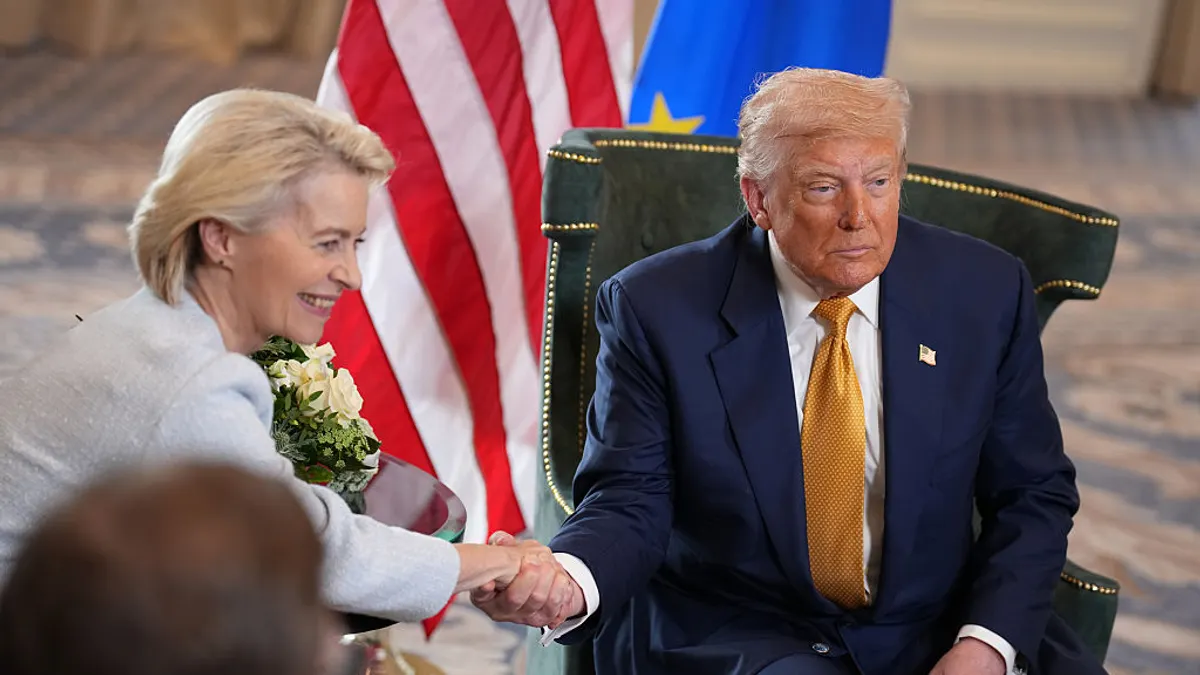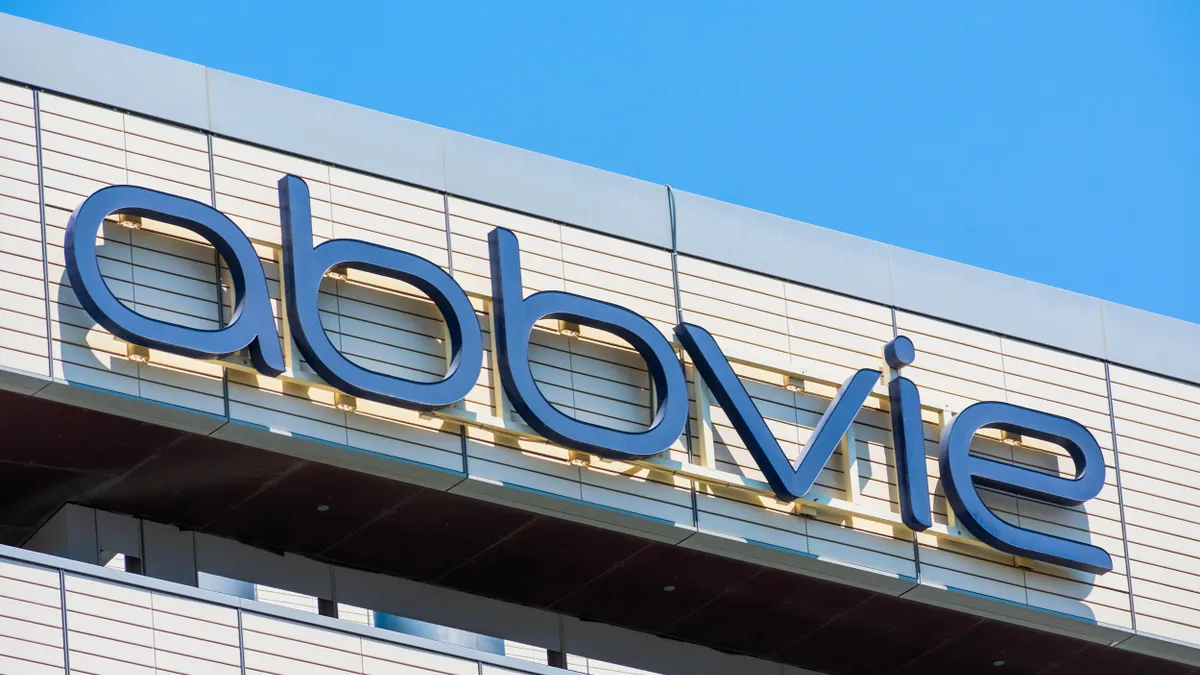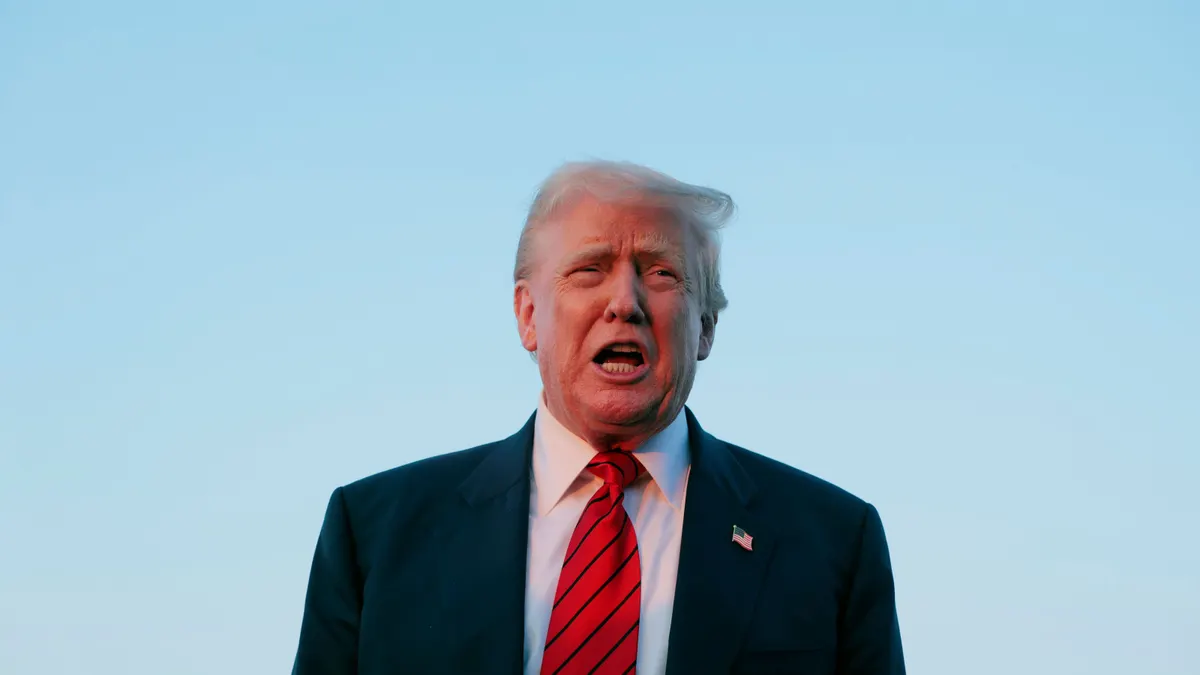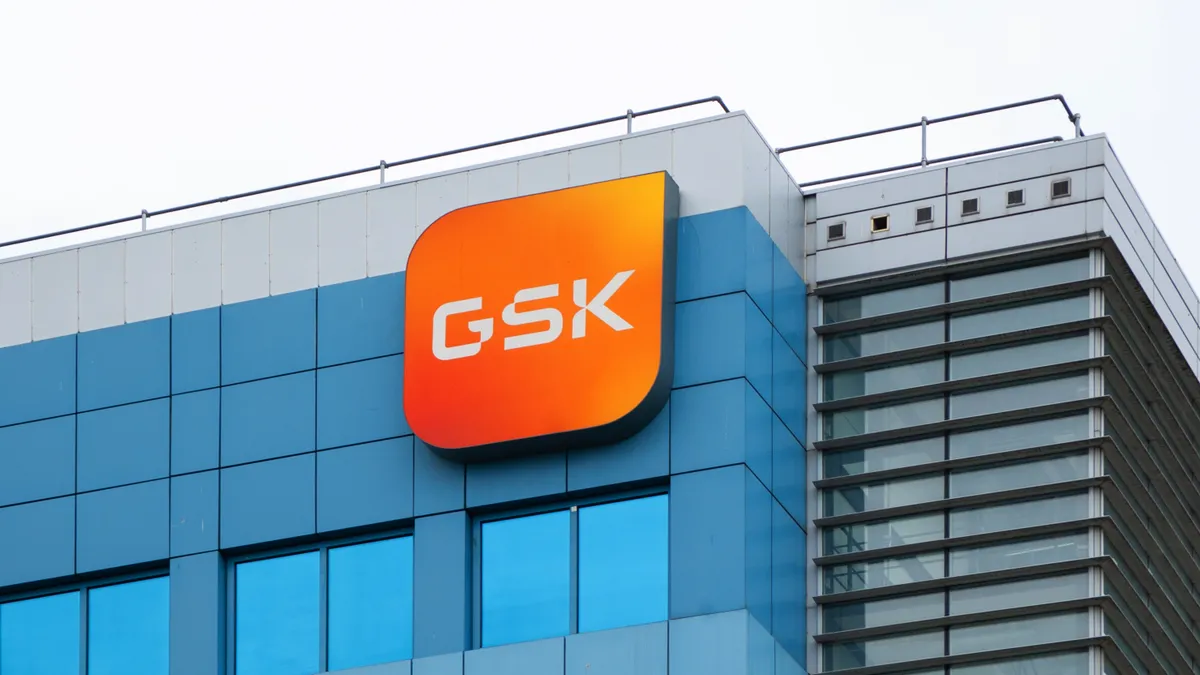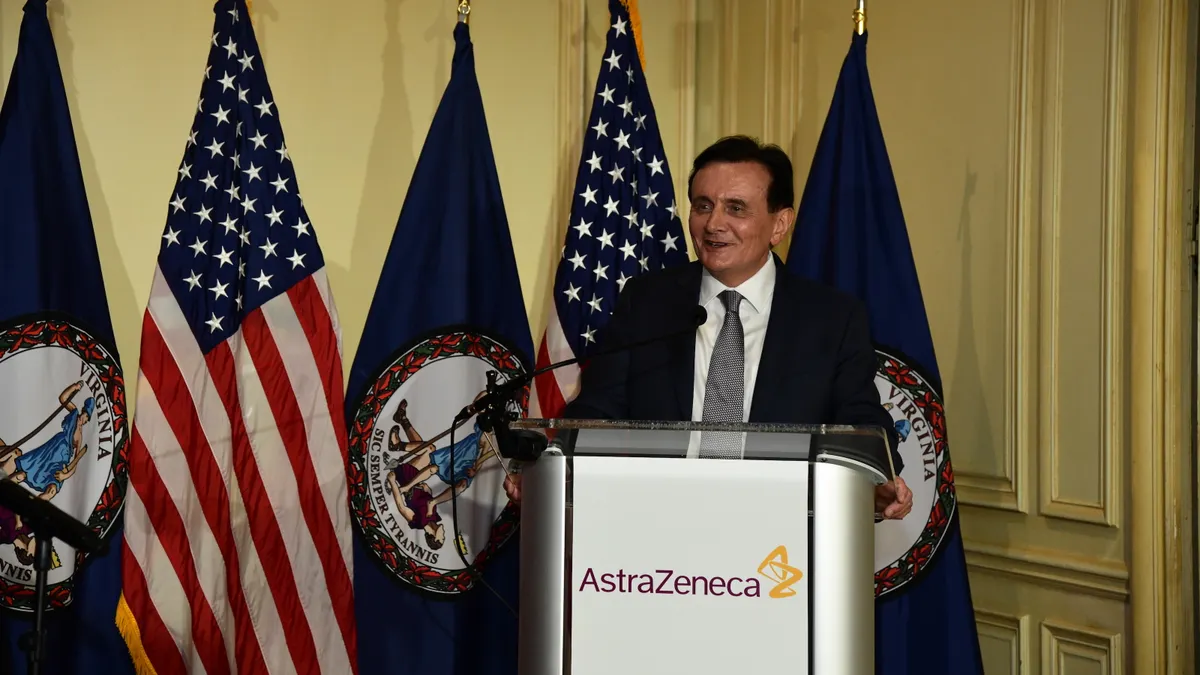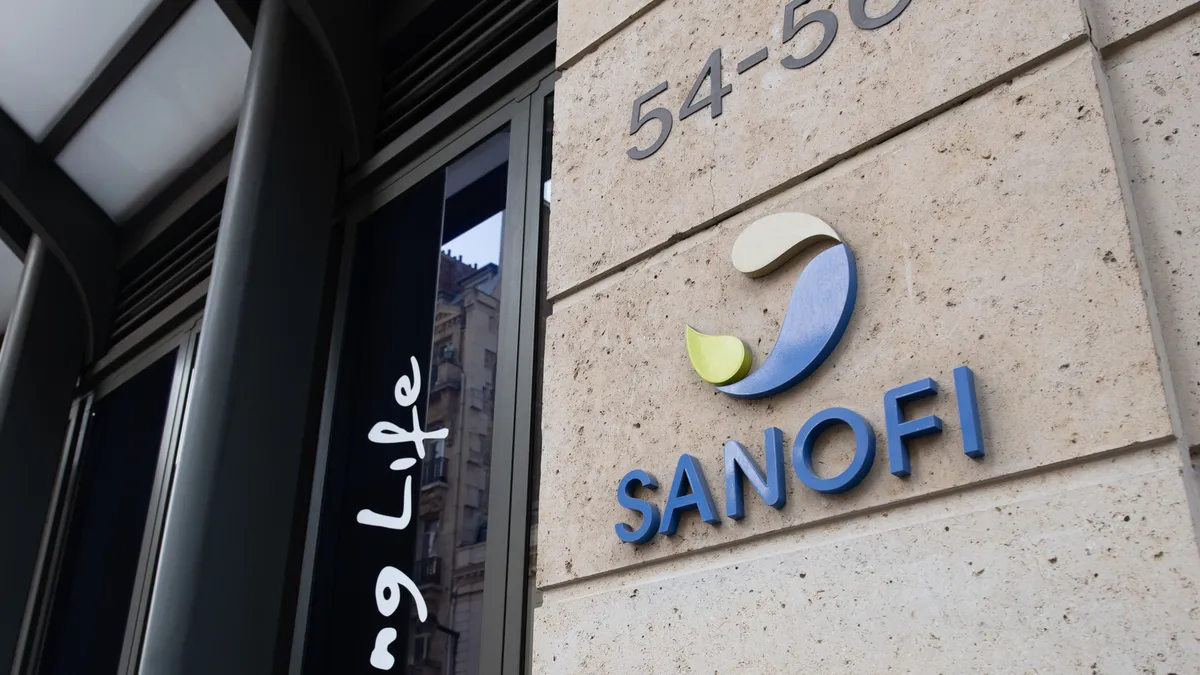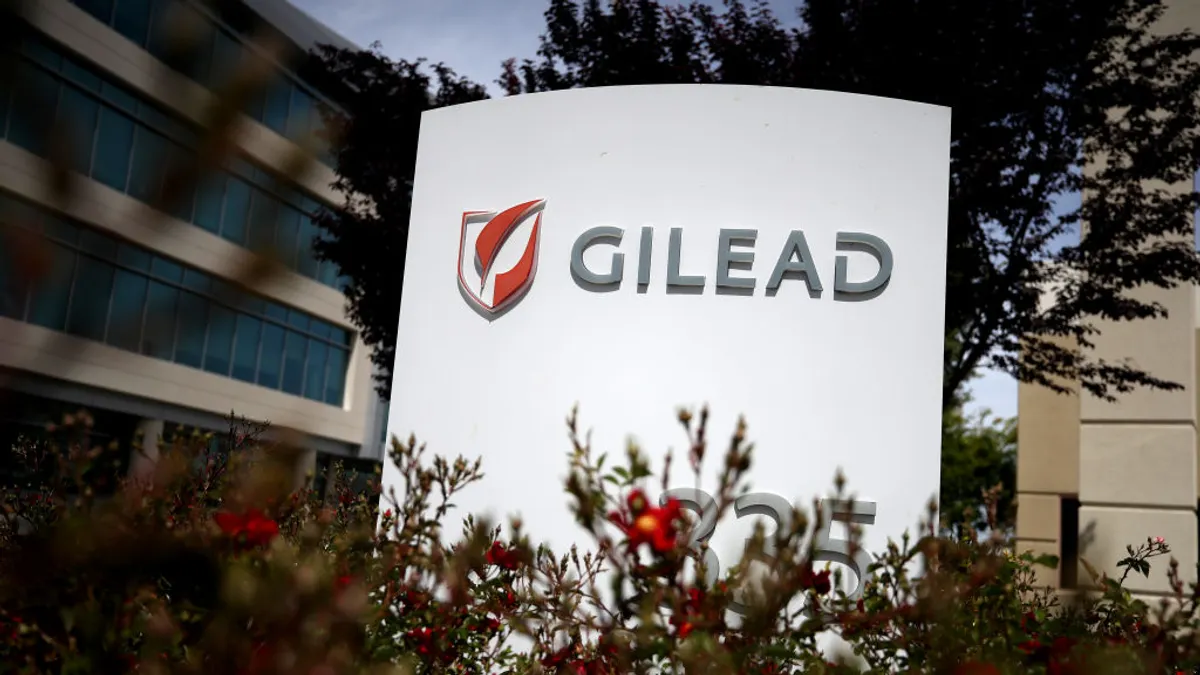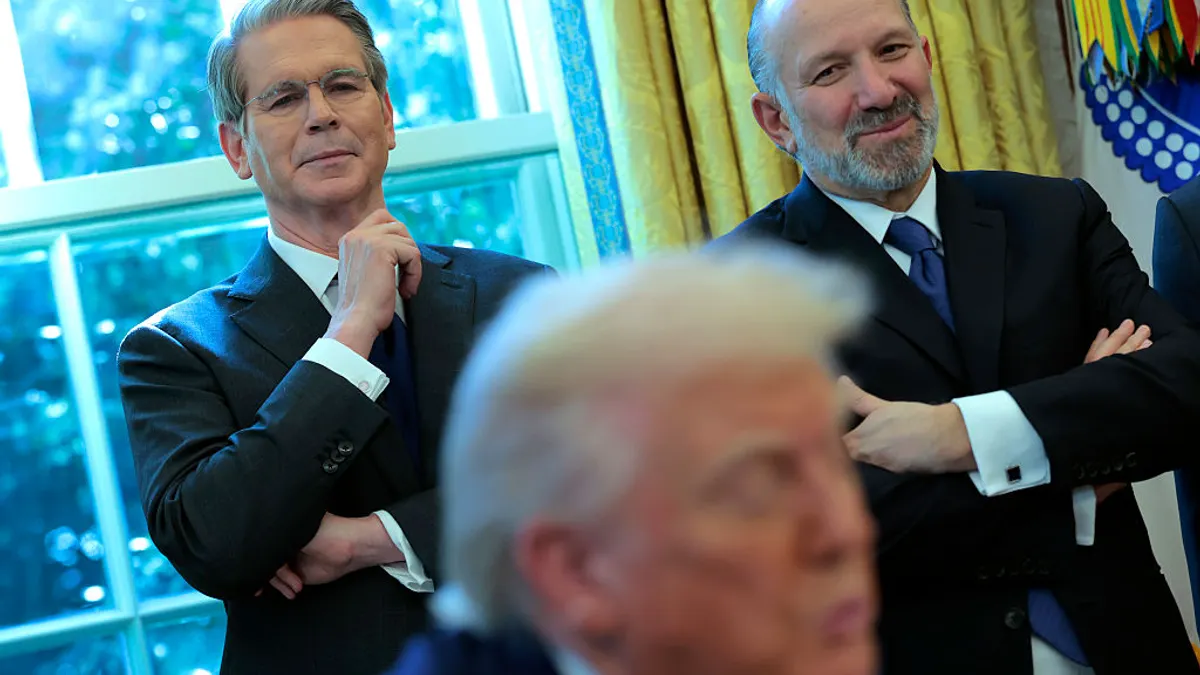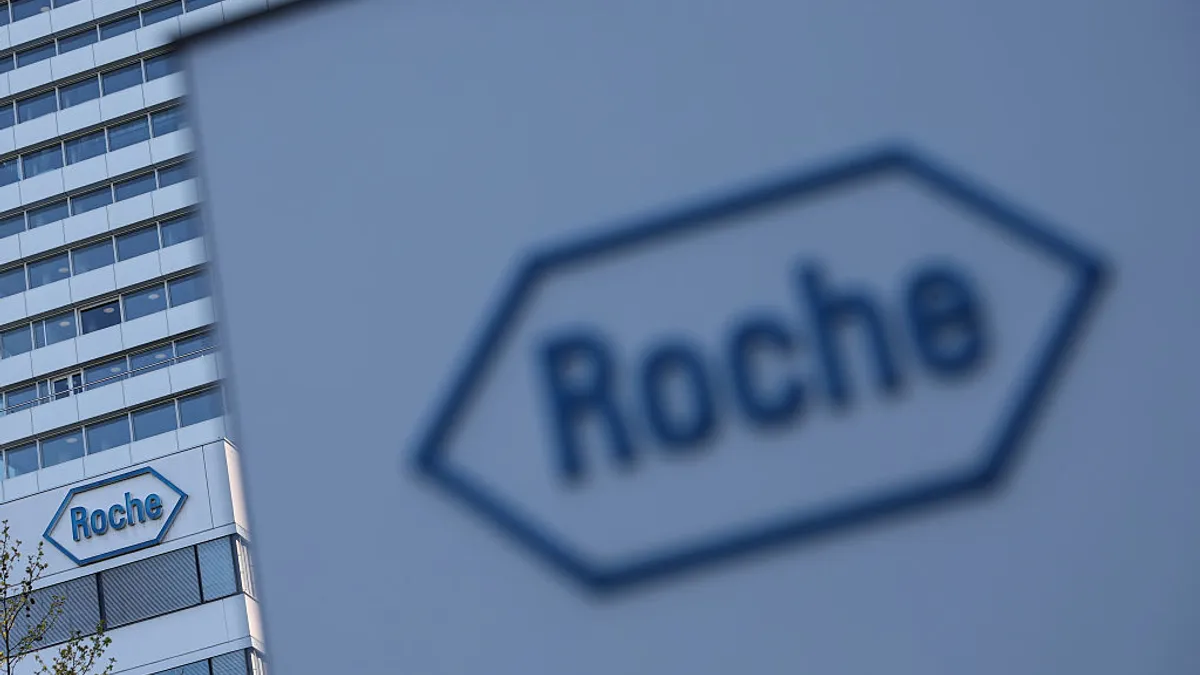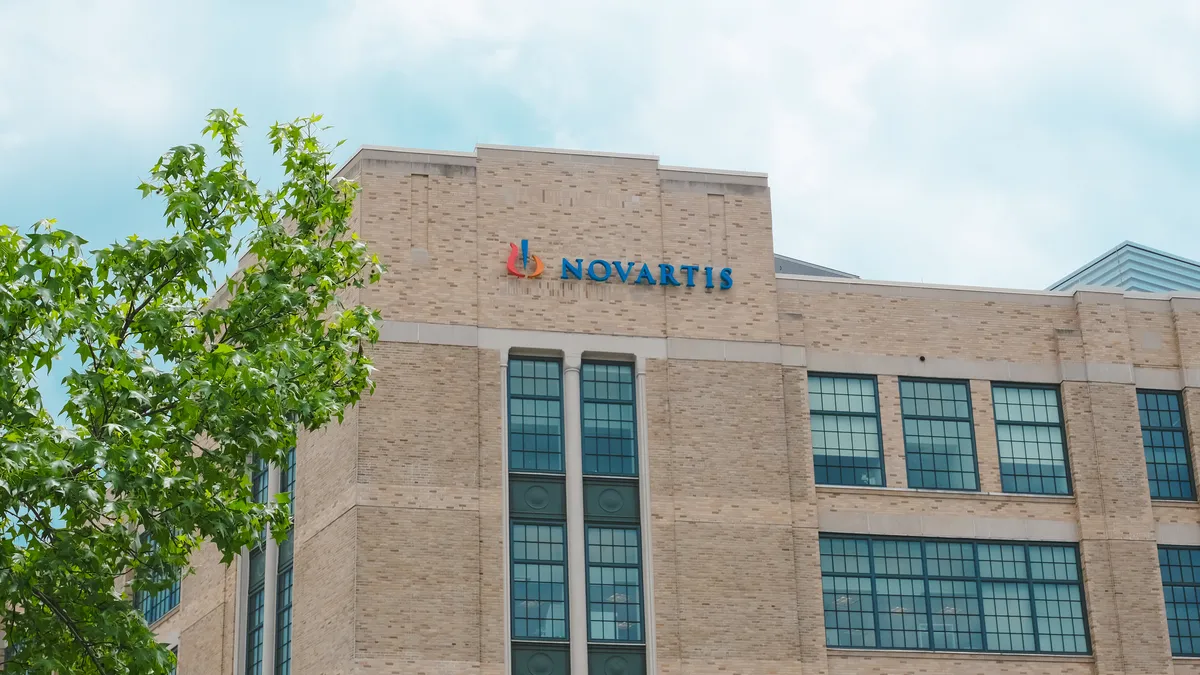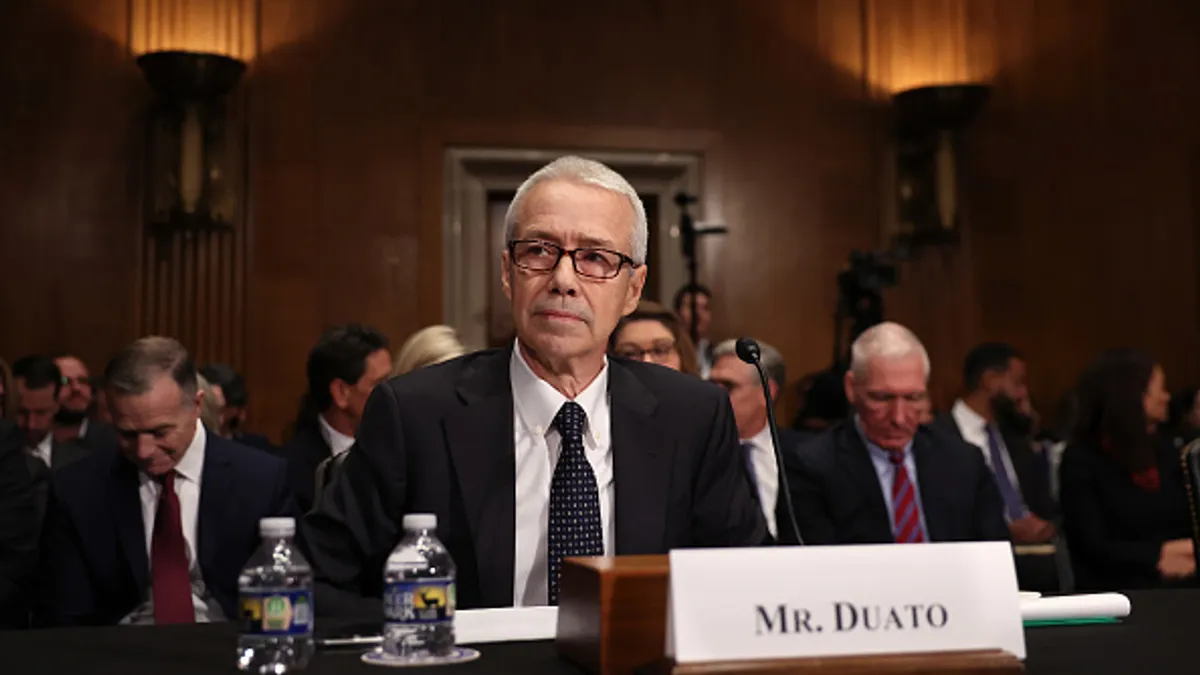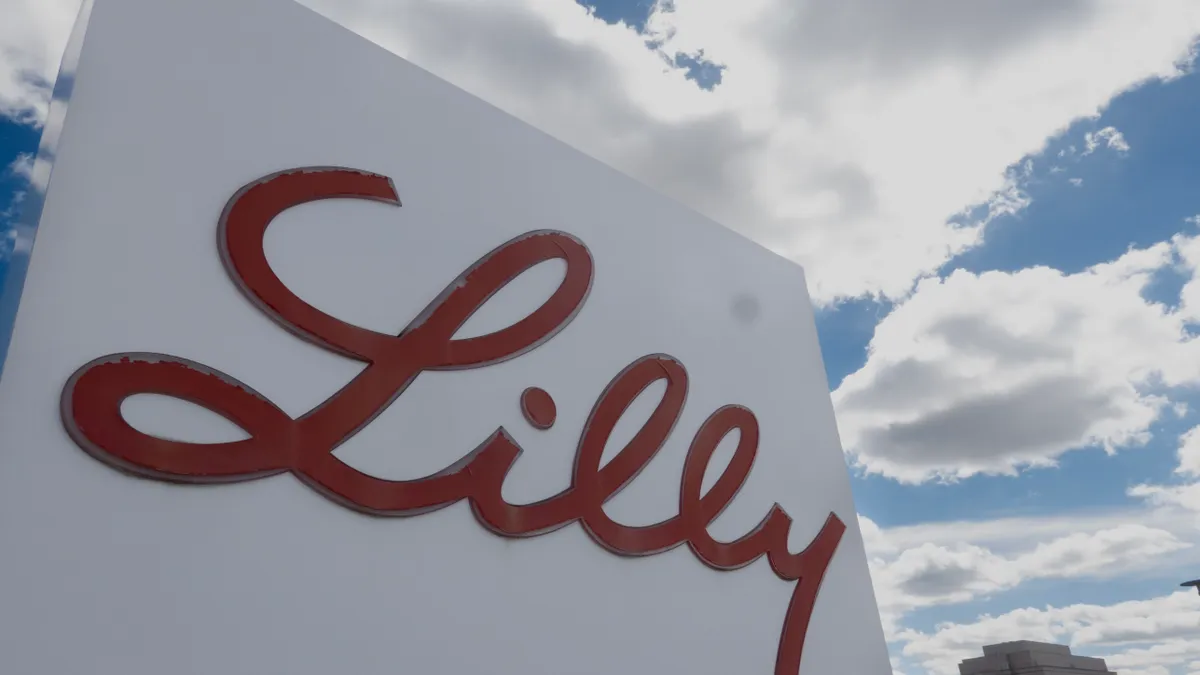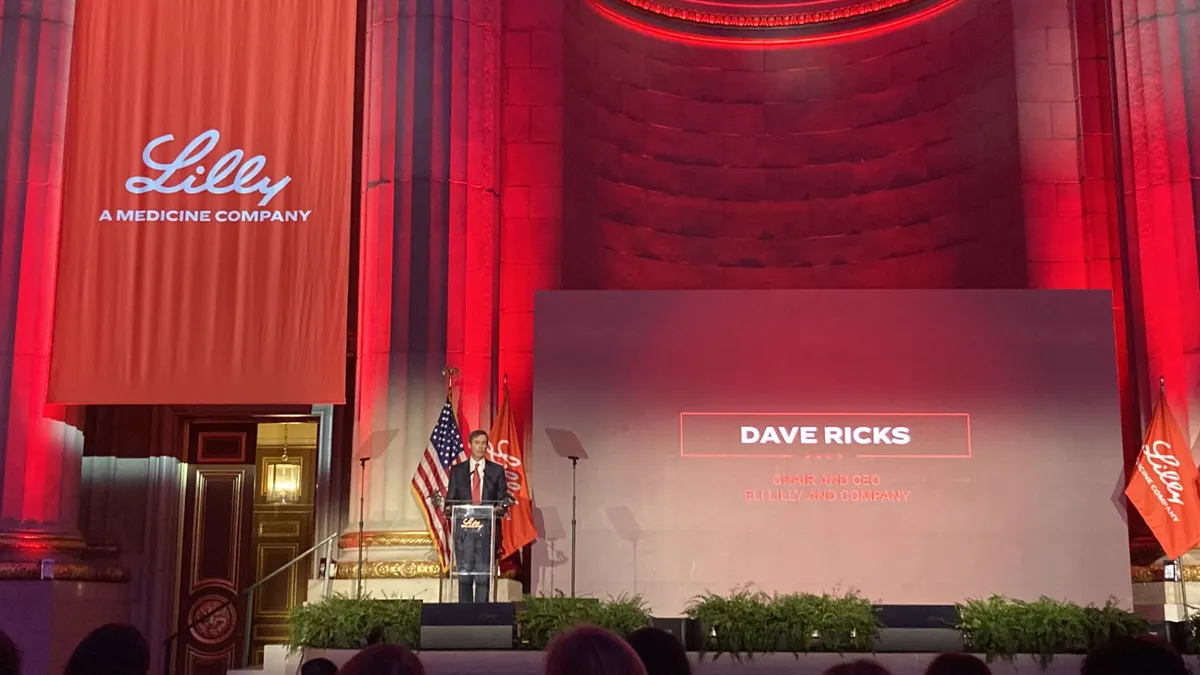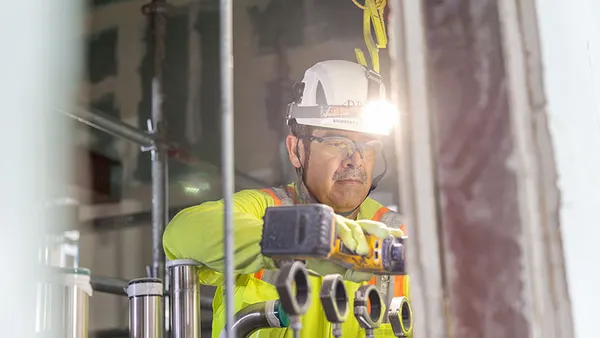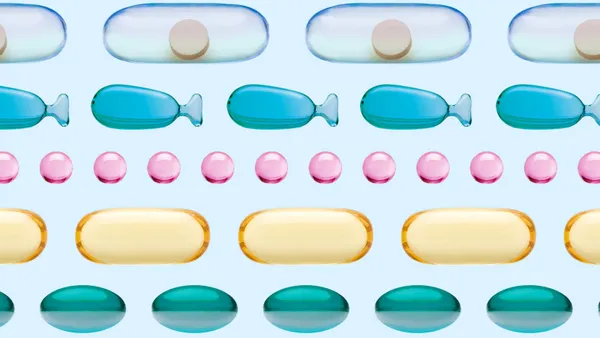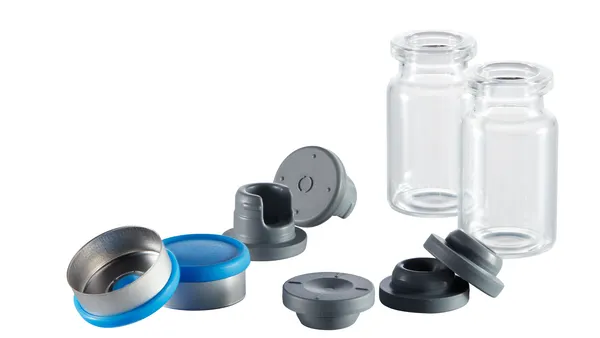Dive Brief:
- The new pharmaceutical tariffs President Donald Trump announced on Thursday, which will go into effect on Oct. 1, could have a limited impact on the pharmaceutical industry due to multiple exemptions for generics, exports from Europe and companies already onshoring manufacturing.
- The tariffs, unveiled via a post on the social media platform Truth Social, haven't been accompanied by legal documents, leaving key details unclear. However, the 100% levies, which are much smaller than the figure previously floated by the Trump administration, alleviate some uncertainty around U.S. drug pricing policy.
- The announcement comes days before the expected release of programs meant to align U.S. drug prices with what’s paid in Europe and elsewhere. Published reports have suggested those policies may be more modest than Trump originally proposed, however.
Dive Insight:
The flurry of drugmaker investments in U.S. drug production this year — Amgen announced another one on Friday — should exempt a wide swathe of the industry’s drugs from the new levies. The tariffs won’t apply, Trump posted, to companies that are “building their pharmaceutical plant in America,” with “building” defined as “breaking ground” or “under construction.”
Focusing on branded drugs will also prevent price escalation for inexpensive generics, while lowering the risk of new shortages or worsening existing ones.
Meanwhile, tariffs on branded drugs exported from the European Union, which constitute a large share of the medicines made overseas, should be capped at 15% because of a trade agreement reached in August. EU officials reiterated the terms of that deal on Friday, even as a European pharmaceutical lobbying group criticized the new charges coming from the Trump administration.
In research notes, Wall Street analysts largely saw the news as a positive outcome for the sector, since the 100% levies are significantly less than the 200% or more Trump originally threatened and many companies appear to be exempt.
“Many large-cap biopharmaceutical companies should not be exposed because they are engaged in some sort of U.S. facility construction activity, but it is difficult to predict which smaller U.S. biopharma companies may face exposure,” Leerink Partners analyst David Risinger wrote in a note to clients.
In a separate note, William Blair analyst Myles Minter added that the “lack of details makes it truly difficult to assess the impact for individual companies.” It’s unclear, for instance, how tariffs might affect non-finished goods, such as drug product that needs to be packaged, or how specifically the construction demands might be defined.
It’s also unknown whether the looming tariffs clear the industry of the risk of future levies under an ongoing Section 232 investigation. Risinger speculated that Trump’s post may be a “negotiating tactic” related to that investigation, as he’s previously said he’d give drugmakers 12 to 18 months to onshore manufacturing.
The announcement comes ahead of an expected release next week of “most favored nation” drug policies, as well as the expiration of a deadline for companies to lower their prices in line with those charged in other industrialized nations. Reports published Thursday suggested those initiatives may be limited to pilot projects within U.S. government programs that affect a small number of drugs.



